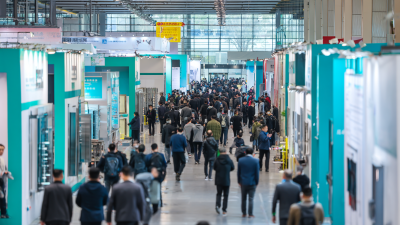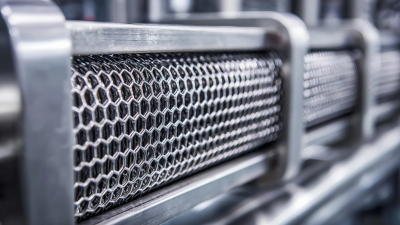Leave Your Message
In the quest for enhanced operational efficiency and sustainability, industries are increasingly turning to
innovative technologies, one of which is the
Plate Heat Exchanger (PHE). According to a report by the
International Energy Agency, approximately
30% of industrial energy consumption is attributed to heating and cooling processes,
underscoring the critical need for energy-efficient solutions.
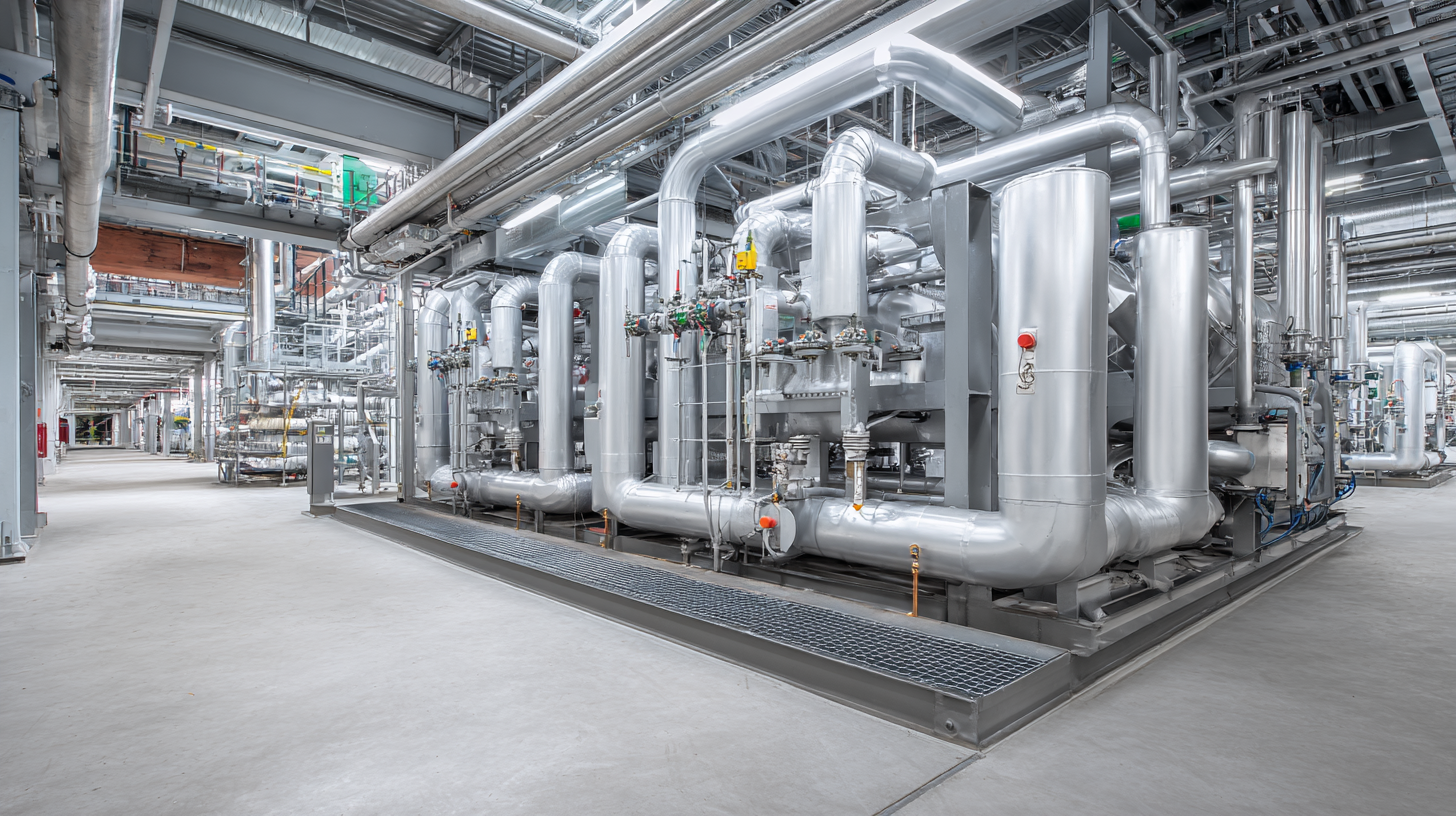 Plate Heat Exchangers, with their superior heat transfer capabilities and compact design, can significantly reduce energy usage by up to
50% compared to traditional shell-and-tube configurations. Furthermore, the market for PHEs is projected to grow
at a CAGR of 7.5% from 2020 to 2027, driven by the escalating demands for energy efficiency across various sectors
such as chemical processing, food and beverage, and HVAC systems. Maximizing energy efficiency through the strategic deployment of
Plate Heat Exchangers not only contributes to substantial cost savings but also aligns with global sustainability goals, making them an
indispensable asset in modern industrial applications.
Plate Heat Exchangers, with their superior heat transfer capabilities and compact design, can significantly reduce energy usage by up to
50% compared to traditional shell-and-tube configurations. Furthermore, the market for PHEs is projected to grow
at a CAGR of 7.5% from 2020 to 2027, driven by the escalating demands for energy efficiency across various sectors
such as chemical processing, food and beverage, and HVAC systems. Maximizing energy efficiency through the strategic deployment of
Plate Heat Exchangers not only contributes to substantial cost savings but also aligns with global sustainability goals, making them an
indispensable asset in modern industrial applications.
Plate heat exchangers (PHEs) have become vital in industrial applications due to their compact design and efficient heat transfer capabilities. At their core, PHEs consist of multiple thin plates stacked together to create channels for two fluids, facilitating the transfer of heat between them without mixing. According to a report from the International Energy Agency, optimizing heat exchanger performance can lead to a potential energy savings of up to 15% in various industries, making understanding their components and functionality essential for energy efficiency.
Key components of plate heat exchangers include the plates themselves, which are often made of stainless steel or titanium for durability and resistance to corrosion. The arrangement and surface design of these plates significantly influence heat transfer efficiency. A recent study published in the Journal of Cleaner Production emphasizes that the right plate configuration can enhance heat transfer coefficients by more than 30%, showcasing the importance of selecting appropriate designs based on the specific thermal requirements of the industry. Additionally, the inlet and outlet connections, the frame, and gaskets are critical for ensuring optimal flow rates and minimizing pressure drops, which are key to maximizing overall efficiency in industrial settings.
| Component | Function | Material Used | Energy Efficiency Impact |
|---|---|---|---|
| Heat Transfer Plates | Facilitate efficient heat transfer between fluids | Stainless Steel, Titanium | High surface area enhances thermal efficiency |
| Gaskets | Seal the plates to prevent leakage | EPDM, NBR | Preventing leaks helps maintain energy conservation |
| Frame | Holds heat exchanger plates in place | Carbon Steel, Stainless Steel | Provides structural integrity to enhance efficiency |
| Inlet/Outlet Connections | Allow fluid entry and exit | Various Metals, Plastic | Optimizes fluid flow for improved energy transfer |
| Support Legs | Provide stability to the entire unit | Metal | Ensure durability and sustained performance for efficiency |
Plate heat exchangers (PHEs) have gained significant traction in various industrial applications due to their superior energy efficiency, capable of reducing energy costs by up to 30%. According to a report by the U.S. Department of Energy, PHEs can achieve a thermal efficiency of over 90% compared to traditional shell-and-tube heat exchangers, which typically operate at around 70%. This improvement is primarily attributed to their large surface area and compact design, which allows for better heat transfer and lower energy consumption.
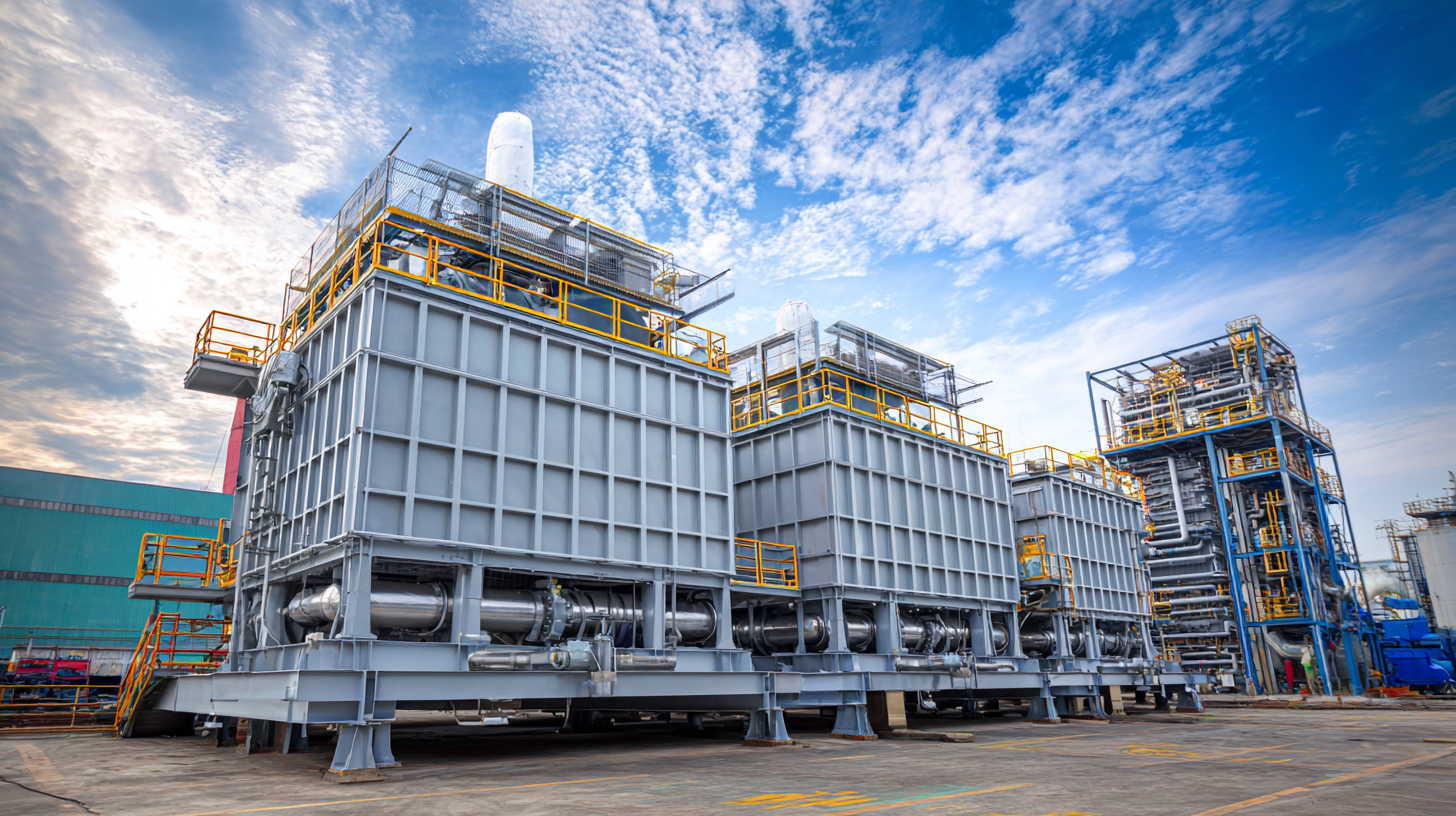
Moreover, the adoption of PHEs can not only lead to substantial savings on energy expenses but also contributes to environmental sustainability. A study published in the Journal of Cleaner Production indicates that improved heat recovery systems, such as PHEs, can lower carbon emissions significantly. In industries like food processing and chemical manufacturing, where heat recovery is critical, the implementation of these efficient systems can lead to energy savings of millions of dollars annually, while simultaneously meeting stricter regulatory standards for emissions. As companies strive for greener operations, the benefits of integrating plate heat exchangers become increasingly evident.
When selecting the right plate configuration for your plate heat exchangers, understanding the flow arrangement is crucial for maximizing heat transfer.
Counterflow configurations are often preferred due to their efficiency, allowing hot and cold fluids to flow in opposite directions, leading to a greater temperature differential across the plates. This setup typically results in higher thermal performance compared to parallel flow or transverse flow options.
Tips: When designing your system, consider the specific temperature requirements of your application and the properties of the fluids involved. Different plate designs, such as chevron or herringbone patterns, can significantly affect turbulence and heat transfer rates. Assessing the viscosity and fouling tendencies of the process fluids can help in choosing a configuration that minimizes maintenance while optimizing energy efficiency.
Moreover, the spacing between the plates should not be overlooked.
Wider gaps may reduce pressure drop, but
tighter spacing can enhance heat transfer. Utilize computational fluid dynamics (CFD) simulations to analyze various configurations before finalizing your design. This approach will enable you to predict performance and identify potential challenges in your heat exchanger system.
In industrial applications, plate heat exchangers (PHEs) are pivotal in maximizing energy efficiency, but their performance heavily relies on proper maintenance practices. According to a report from the Heat Exchange Institute, irregular maintenance can lead to efficiency drops of up to 20%, significantly impacting both energy consumption and operational costs. Regular inspections and cleaning of the plates can prevent fouling, which not only enhances heat transfer efficiency but also extends the overall lifespan of the equipment.
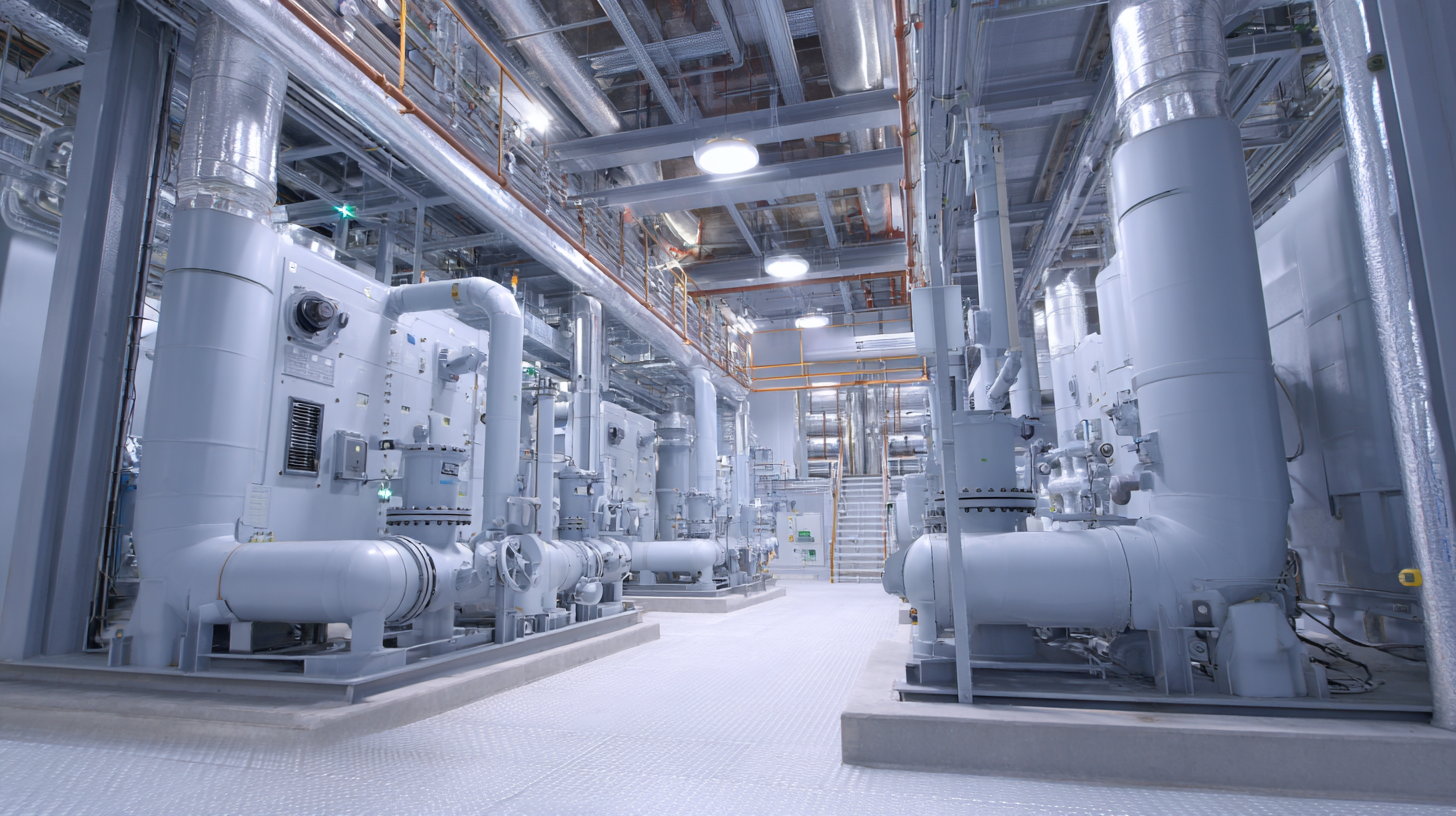
Implementing a maintenance schedule that includes vibration analysis and thermal performance monitoring is crucial. A study by the International Energy Agency highlighted that organizations that adopted proactive maintenance strategies for their heat exchangers reported a 15% reduction in energy costs and an increase in uptime by over 10%. Additionally, training personnel on best practices for handling and cleaning PHEs ensures that these systems operate at peak efficiency, minimizing disruptions and increasing reliability in industrial processes.
Plate heat exchangers have proven to be a game changer in energy efficiency across various industrial applications. Real-world case studies highlight significant energy savings achieved by companies that have integrated these systems into their operations. For instance, a chemical manufacturing plant reported a 30% reduction in energy costs after replacing traditional shell-and-tube heat exchangers with plate heat exchangers, allowing for more effective heat recovery and minimized thermal losses.
Tips for maximizing energy efficiency with plate heat exchangers include ensuring optimal flow rates and conducting regular maintenance checks. Maintaining the correct flow rates can enhance heat transfer efficiency while minimizing pressure drops. Moreover, implementing routine inspections and cleaning schedules can prevent fouling, which substantially decreases performance over time.
Another vital tip is to customize the design of plate heat exchangers to suit specific application needs. By tailoring the size and configuration, industries can achieve better heat transfer rates and capital savings. This level of customization has been instrumental for various sectors, including food processing and HVAC, where the unique thermal properties of products necessitate specialized heat exchange solutions.
